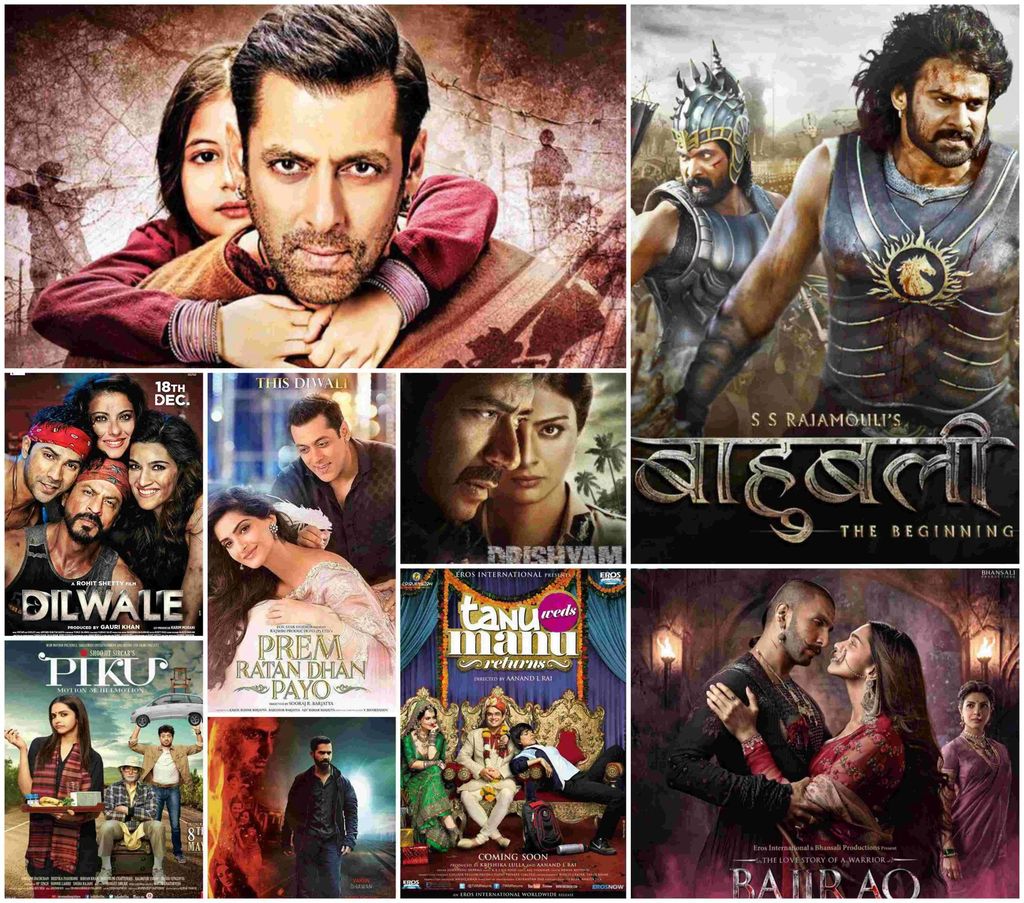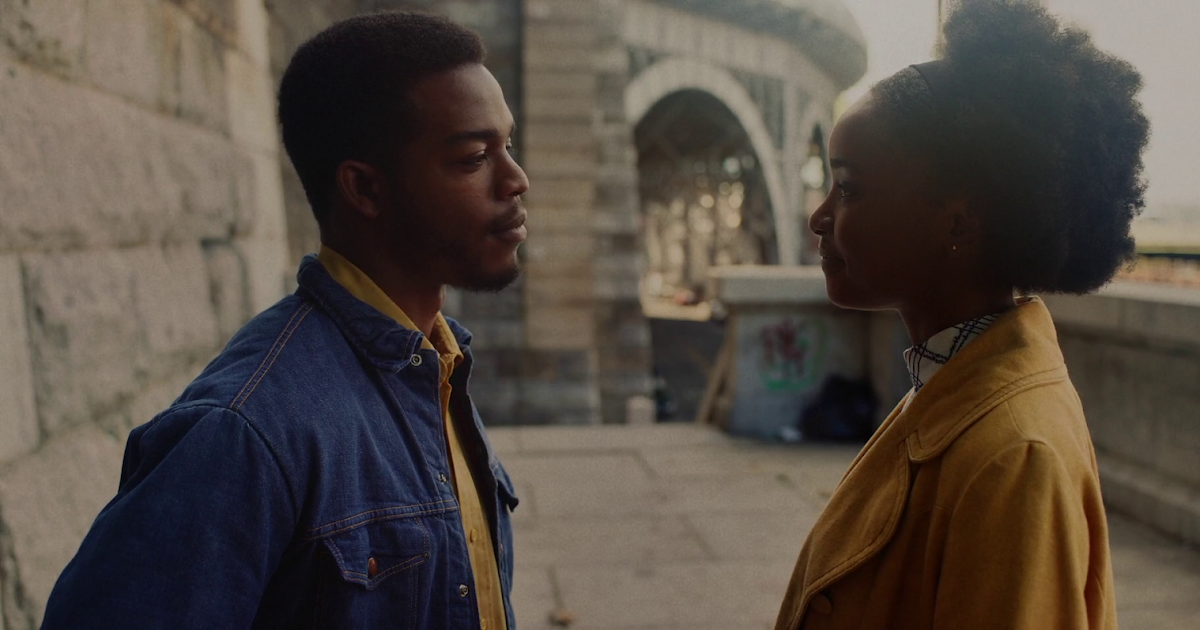
Taylor Swift, an artist renowned for her candid songwriting, has, over nearly two decades, woven a complex narrative of love, heartbreak, and aspiration into the fabric of popular culture. Among the most consistently revisited themes in her expansive discography is the concept of marriage, an institution she has explored from every conceivable angle. From the hopeful innocence of her early work, where marriage often signified a fairytale ending, to the intricate, sometimes challenging realities depicted in her more recent compositions, Swift’s lyrics offer a fascinating chronicle of evolving perspectives. She has employed marriage as a powerful motif to express dreams, articulate rejection, and even highlight profound internal conflicts, painting a rich emotional landscape for her listeners.
Her artistic journey, much like the lives of her devoted fanbase, has navigated the nuanced transition from youthful idealism to a deeper, more realistic understanding of commitment and partnership. Initially, Swift often envisioned weddings as the climactic, joyous conclusion to a grand love story. However, as her career progressed and her personal experiences deepened, her songs began to delve into the complexities surrounding marital decisions, choices, and the profound introspection they demand. This shift enables her music to serve not only as a personal diary but also as a mirror reflecting broader societal dialogues about love, independence, and the pursuit of individual dreams within a relationship.
As the world celebrates Swift’s own recent engagement to NFL star Travis Kelce, the timing is particularly poignant for a retrospective look at these lyrical milestones. Examining her past reflections on marriage provides unique insight into the heart and mind of a songwriter who has consistently transformed her personal observations into universally relatable art. This first section of our in – depth exploration will meticulously trace the foundational elements of her romantic worldview, focusing on seven pivotal songs from her early career that shaped her initial, often enchanting, visions of forever.

1. **Mary’s Song (Oh My My My)** Released on her self – titled debut album in 2006, “Mary’s Song (Oh My My My)” serves as a foundational piece in Taylor Swift’s lyrical exploration of enduring love and marriage. The track unfolds a tender, nostalgic narrative, reportedly inspired by the lifelong romance of her childhood neighbors. It beautifully portrays a love that blossoms from shared childhood moments, through teenage years, and ultimately into a profound, lifelong commitment, painting a vivid picture of growing old together.
The lyrics are abundant with idyllic imagery that solidifies the dream of a lasting bond. Swift sings of a timeless connection, recounting how “A few years had gone and come around / We were sitting at our favorite spot in town / And you looked at me, got down on one knee.” This iconic proposal scene is swiftly followed by the vivid recollection of the wedding itself: “Take me back to the time when we walked down the aisle / Our whole town came and our mamas cried / You said I do and I did too.” It is a powerful depiction of marriage as a communal celebration, a deeply emotional event that marks the ultimate commitment in a love story, promising a future of family and shared legacy.
Intriguingly, this early song contains a lyrical detail that has assumed new significance in light of Swift’s recent engagement. The lines, “I’ll be 87; you’ll be 89 / I’ll still look at you like the stars that shine,” directly reference numbers that serendipitously align with Travis Kelce’s jersey number (87) and Swift’s birth year (89). This unexpected parallel, whether intentional or purely coincidental, adds a layer of almost prophetic romanticism to a song that already encapsulated the deep – seated desire for a love that spans decades and defies the passage of time.

2. **Love Story** “Love Story,” a monumental hit from her 2008 album Fearless, is arguably Taylor Swift’s most recognizable and definitive early statement on fairytale romance culminating in marriage. Drawing inspiration from William Shakespeare’s tragic play “Romeo and Juliet,” Swift boldly reimagines the classic narrative, transforming its mournful end into a jubilant proposal in which love transcends all family feuds and societal barriers. It is an anthem for youthful optimism, a spirited declaration that true love will always find its happy ending.
The song builds to its emotional climax with the iconic plea: “He knelt to the ground and pulled out a ring / And said, Marry me, Juliet / You’ll never have to be alone / I love you and that’s all I really know.” This moment captures the essence of an ideal, unwavering commitment, offering not just a promise of marriage but also one of eternal companionship and steadfast devotion. The swift resolution, “I talked to your dad, go pick out a white dress / It’s a love story, baby, just say, Yes,” sweeps away all previous conflict, presenting marriage as the natural, joyous, and ultimately victorious conclusion to an epic romance.
“Love Story” solidified Swift’s early reputation as a storyteller who could craft grand, aspirational narratives of love’s triumph. It became an enduring symbol of the desire for a storybook wedding, in which the white dress and the exchange of vows are not merely traditions, but the beautiful, destined culmination of a passionate and undeniable bond. The song’s widespread appeal underscored a collective yearning for a love that is pure, powerful, and ultimately leads to an unshakeable, forever – kind of commitment.
Read more about: Angel Reese: Unveiling the ‘Bayou Barbie’s’ Natural Glow and Unstoppable Confidence, On and Off the Court

3. **Fifteen** Also hailing from the Fearless album, “Fifteen” provides a poignant, introspective examination of the youthful dreams and eventual reckonings surrounding the concept of marriage. This coming – of – age ballad gently explores the innocence and, at times, unwavering conviction of teenage love, capturing the universal experience of forming intense crushes and imagining entire futures with those individuals. It is a narrative steeped in the romantic idealism that often defines our earliest encounters with profound affection.
Swift openly expresses the fervent belief of a young heart: “Back then I swore I was gonna marry him someday.” This line perfectly encapsulates the all – consuming nature of first loves, where the vision of a future together, sealed by marriage, feels not just possible but almost predestined. It reflects a common cultural narrative in which marrying one’s high school sweetheart is often presented as a pinnacle of romantic success, a dream cultivated in countless teenage daydreams and whispered confessions.
However, as the narrative progresses, the song subtly introduces a touch of nascent realism, with Swift acknowledging that “life turned out differently.” This gentle admission marks a significant, albeit early, departure from pure fantasy. It implies an understanding that while marriage might be a cherished dream, it is not always a guaranteed outcome, and that other “bigger dreams” might ultimately shape one’s personal trajectory. This nuance suggests a budding awareness that a fulfilling life encompasses more than just a marital endpoint, even for a young romantic.
Read more about: Unlock Top Quality and Value: Exploring Essential Kirkland Signature Products from Costco

4. **We Were Happy** Though not officially released until Fearless (Taylor’s Version) in 2021 as a “From the Vault” track, “We Were Happy” offers a profoundly melancholic, retrospective insight into a past relationship in which marriage was once a clear, shared aspiration. This song serves as a wistful echo of promises made and futures envisioned, recalling a time when the path to matrimony seemed certain and brimming with an uncomplicated joy. It vividly captures the bittersweet pang of looking back at a love that, despite its initial brilliance, ultimately faded.
The lyrics specifically underscore the casual yet profound discussions about a future together: “No one could touch the way we laughed in the dark / Talkin’ ’bout your daddy’s farm and you were gonna marry me.” This line beautifully conveys the intimacy and profound certainty of young love, where the informal promise of marriage was so deeply woven into everyday conversations that it felt like an incontrovertible truth. The mention of “your daddy’s farm” anchors this dream in a tangible, domestic reality, envisioning a future built upon familiar foundations and shared heritage.
“We Were Happy” emphasizes how the concept of marriage can become a central pillar of a relationship’s identity, symbolizing not just a future commitment but also a cherished memory of a love that, for a time, felt eternal. The song eloquently expresses the pain of shattered expectations and divergent paths, where a once – clear journey towards the aisle tragically dissolved, leaving behind only the specter of what might have been. It is a powerful testament to the fragility of plans, even those built on the strongest of youthful affections.
Read more about: The Bennifer Odyssey: Unpacking Jennifer Lopez and Ben Affleck’s Tumultuous Two-Decade Love Story and Its Enduring Legacy
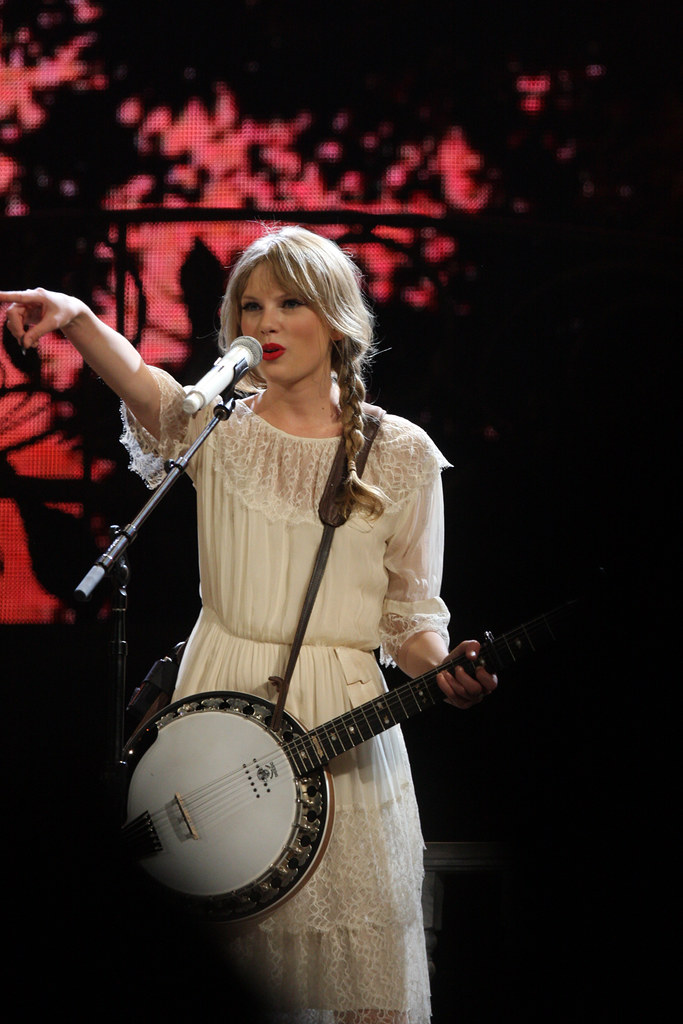
5. **Speak Now** The vibrant title track from Taylor Swift’s 2010 album, Speak Now, infuses a dramatic, proactive element into her evolving depiction of marriage, transcending mere dreams or wistful recollections. This urgent narrative recounts a protagonist’s last – minute intervention at a wedding, propelled by an unshakeable conviction that the groom is about to “marry the wrong girl.” The song presents a compelling conflict and a bold sense of agency, directly challenging the sanctity and predetermined nature of a conventional marital bond.
Swift’s lyrics are imbued with evocative wedding imagery, ranging from “a white veil occasion” to the preacher’s climactic query: “Speak now or forever hold your peace.” This traditional phrase, typically a formality, transforms into a desperate, electrifying call to action for the protagonist, an invitation to seize her final chance to claim a love she believes is truly hers. The tension is palpable as she rises with “shaky hands,” confronting the “horrified looks from everyone in the room” but focusing her gaze solely on the man she hopes to rescue from what she perceives as a mistake.
“Speak Now” ingeniously subverts the idealized, celebratory expectations of a wedding by introducing a passionate, almost rebellious intervention. It portrays marriage not simply as a static event to be passively accepted but as a dynamic moment where profound emotional truths can surface, compelling a raw re – evaluation of love and commitment. It is a vivid exploration of forbidden desire and the courage to fight for what one believes is destined, depicting marriage as an institution that can be contested, reclaimed, and dramatically reshaped in the fervent pursuit of an authentic connection.
Read more about: Jack Osbourne’s Heartfelt Tribute: Remembering Ozzy as Both Rock Legend and Father

6. **Timeless** Another treasure unearthed from the vault with Speak Now (Taylor’s Version) in 2023, “Timeless” further expands Taylor Swift’s lyrical exploration of destiny and fated love. This song posits that certain connections are so exceptionally profound that they transcend the formidable barriers of historical periods, societal expectations, and even pre – arranged marriages. It delves into a grander, almost mystical comprehension of love’s enduring power, imagining a bond that would persist resolutely through vastly different eras and challenging circumstances.
In the evocative lyrics, Swift transports listeners to a bygone era where her ideal love is tested by external forces: “In the 1500s, off in a foreign land / And I was forced to marry another man.” This historical setting immediately heightens the emotional stakes, juxtaposing a fated connection against the stark reality of arranged unions and rigid societal obligations. Despite these seemingly insurmountable constraints, the profound spiritual bond between the lovers remains unbroken, powerfully underscoring the notion that true love is an unbreakable, “timeless” force that will always find its way back.
The unwavering sentiment, “You still would have been mine / We would have been timeless,” delivers a powerful message about soulmates whose connection is impervious to external pressures and the passage of time. It presents marriage not merely as a legal or social contract, but as an intrinsic, destined union that exists beyond the confines of a single lifetime or a specific historical period. This song adds a layer of mystical fatalism and romantic inevitability to Swift’s early marriage narratives, suggesting that some loves are simply meant to be, regardless of the era or individual choices.
Read more about: Angel Reese: Unveiling the ‘Bayou Barbie’s’ Natural Glow and Unstoppable Confidence, On and Off the Court

7. **Starlight** Featured on her 2012 album, Red, “Starlight” presents another vibrant, idealized vision of marriage, framed within a context of youthful exuberance and boundless optimism. The song is famously inspired by a captivating photograph of a young Robert F. Kennedy and his wife, Ethel Kennedy, capturing the essence of a carefree and passionate early romance destined to evolve into a lifelong partnership. This track beautifully encapsulates the exhilarating freedom and expansive hope that characterize young love, envisioning a future replete with possibility and shared dreams.
The lyrics paint a vivid picture of adventurous, unburdened romance, which eventually blossoms into a traditional family life. Swift joyfully sings, “Ooh – ooh, we could get married / Have ten kids and teach them how to dream.” This particular line embodies a quintessential American dream of establishing a large, loving family, all rooted in a profound connection that began with youthful abandon. It is a heartwarming vision of domestic bliss where the initial excitement of romance organically transitions into the enduring stability and profound joy of building a family and raising children.
“Starlight” reinforces the notion of marriage as a natural and joyful progression of a deeply felt connection, a sacred space where dreams are not merely cherished but actively nurtured and handed down through generations. It stands as a brightly optimistic, forward – looking song that inextricably links marriage with themes of expansion, family, and the continuation of a vibrant, shared legacy. In her early discography, this track serves as a radiant beacon of hopeful, traditionally romantic aspirations, celebrating the beautiful potential of a lifetime together.
As Taylor Swift matured, both as an artist and an individual, her musical narrative around marriage deepened, shedding some of its earlier idealism in favor of a more intricate, often challenging, exploration of commitment, conflict, and the candid realities of modern relationships. This evolution reflects not only personal growth but also a broader cultural shift in how we perceive long – term partnerships. No longer solely the blissful climax of a love story, marriage in Swift’s later discography becomes a canvas for expressing profound internal conflicts, societal pressures, and the raw, sometimes painful, choices that define our paths.
Her songwriting began to peel back the layers, revealing the anxieties, the difficult decisions, and the bittersweet acknowledgments that accompany the journey toward or away from marital commitment. These tracks offer a more introspective and analytical perspective, moving beyond the simple “happily ever after” to dissect the very fabric of relationships, identity, and the compromises or triumphs involved in seeking a lasting bond.
In this second section, we delve into seven significant songs from her later career that illuminate this nuanced shift, showcasing Swift’s masterful ability to articulate the complexities of modern love and the intricate tapestry of thoughts and emotions surrounding marriage.
Read more about: Unpacking the Hype: 12 Vehicles with Troublesome Reputations That Experts Warn You About

8. **Foolish One** Emerging from the depths of her vault on Speak Now (Taylor’s Version) in 2023, “Foolish One” provides a poignant, introspective glimpse into the pain of unrequited love and the bitter realization that one’s dream of marriage might be destined for another. This track captures the raw ache of a protagonist trapped in the agonizing space of longing for a commitment that will never be theirs. It serves as a candid reflection on the self – deception that can accompany deep affection, urging a younger, more naive self to confront harsh realities.
The lyrics speak directly to the devastating clarity that comes when the promise of a future, symbolized by a ring, is directed elsewhere. Swift sings, “‘Cause you got her on your arm and me in the wings / I’ll get your longing glances, but she’ll get your ring.” This stark contrast powerfully underscores the protagonist’s position as an observer, forever on the periphery of a desired marital union. It portrays marriage not as a universal certainty, but as a specific, exclusive promise that, for some, remains an unfulfilled yearning.
This song constitutes a crucial bridge from the idealism of early romance to a more sober understanding of love’s often uneven distribution of commitment. It acknowledges the heart’s tendency to hope against hope, even when the signs clearly indicate that the ultimate commitment—the ring, the marriage—is reserved for someone else. It stands as a testament to the bittersweet nature of dreams that remain just out of reach, offering a vulnerable look at the emotional cost of unacknowledged devotion.
Read more about: The Unraveling of Sportsmanship: Parisian Controversies Illuminate a Broader Societal Challenge in Accepting Defeat

9. **Lover** Released as the title track of her 2019 album, “Lover” was initially embraced by many as a quintessential wedding waltz, a tender ode to domestic bliss and unwavering commitment. Its chorus, featuring lines like “Can I go where you go? / Can we always be this close forever and ever?”, depicted a picture of quiet intimacy and the profound desire for a lasting partnership, complete with imagery of shared spaces and enduring traditions. Fans across the globe adopted it as their first – dance song, an anthem for their own burgeoning lifelong commitment.
However, Swift herself later reclassified “Lover” by including it on a “denial” playlist for the The Tortured Poets Department era. This reinterpretation fundamentally shifted its meaning, re – casting the heartfelt pleas and desires for permanence as potential signs of anxiety and an inability to recognize “red flags” within a relationship. This revelation triggered considerable discussion among fans, compelling a re – evaluation of a song once thought to be a straightforward declaration of eternal love, highlighting the complex, often concealed, layers beneath overt romantic expressions.
This shift underscores how perceptions of commitment can evolve with time and experience, transforming what seemed like steadfast devotion into a possible form of denial or wishful thinking. “Lover” thus becomes a nuanced reflection on the delicate balance between hope and realism in long – term relationships, exploring the internal emotional terrain where the yearning for marriage coexists with unspoken anxietities and uncertainties. It serves as a powerful reminder that even the most beautiful vows can harbor unexamined depths.
Read more about: Chic Jeans Outfits in 2025 Every Woman Should Try

10. **Paper Rings** Also featured on the Lover album, “Paper Rings” infuses a vibrant, playful energy into Taylor Swift’s exploration of commitment, presenting a refreshingly candid perspective that prioritizes genuine connection over opulent declarations. The song’s bouncy tempo and infectious enthusiasm belie a profound message: that the essence of a relationship far outweighs any material symbolism, even the traditional wedding ring. It constitutes a joyful dismissal of superficiality in favor of authentic love.
Swift’s lyrics serve as an unequivocal testament to this belief, as she declares, “I like shiny things / But I’d marry you with paper rings.” This line exquisitely captures a mature understanding of what truly constitutes a lifelong partnership. It implies that true devotion does not necessitate extravagant gestures or costly tokens, but rather a deep, unshakeable bond and a readiness to commit regardless of external trappings. It represents a modern romantic ideal that emphasizes the core of the union.
“Paper Rings” stands as a testament to the notion that love, stripped down to its most sincere form, is powerful enough in itself. It demonstrates a confident, almost defiant, attitude towards marriage, where the act of saying “I do” is centered around the person, the shared life, and the enduring connection, rather than societal expectations or material adornments. This song offers a realistic, yet profoundly romantic, vision of commitment in contemporary relationships.
Read more about: George & Amal Clooney: Navigating Privacy, Parenthood, and Purpose Amidst Hollywood’s Gaze

11. **Champagne Problems** From her 2020 album Evermore, “Champagne Problems” delves into the devastating aftermath of a rejected marriage proposal, presenting a stark contrast between the joyous expectations of such a moment and profound heartbreak and misaligned desires. This elegiac ballad delves into the painful reality that while one person may be ready for the ultimate commitment, the other is simply not, resulting in a ripple effect of disappointment and societal judgment. It offers a raw, empathetic depiction of a love story that tragically unravels at its supposed peak.
The lyrics render a vivid picture of the scene: “Your mom’s ring in your pocket / My picture in your wallet / Your heart was glass, I dropped it.” This imagery, coupled with the biting societal whispers – “She would’ve made such a lovely bride, what a shame she’s f–ked in the head,” they said – underscores the immense pressure and the cruel judgment often imposed on those who deviate from traditional expectations of marriage. The song adeptly captures the emotional weight of rejecting such a significant offer, acknowledging the pain inflicted on both parties.
“Champagne Problems” probes into the often – unspoken conflicts that can emerge even in deeply loving relationships, particularly when the timeline or readiness for marriage diverges. It provides a candid reflection on the courage required to say no, the heartbreak of shattered expectations, and the enduring societal narratives that shape such rejections. This track stands as a compelling testament to the intricate and sometimes devastating complexities inherent in monumental marital decisions.
Read more about: Nearly a Decade Behind the Scenes at Longhorn Steakhouse: Secrets, Hacks, and What I Learned
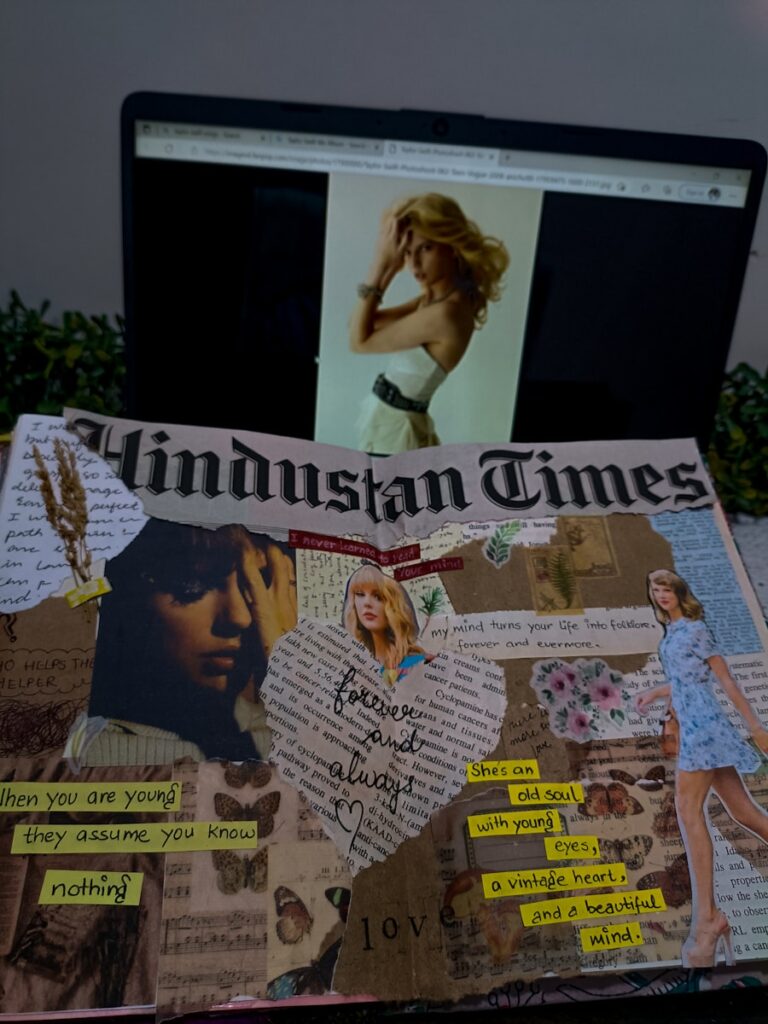
12. **Midnight Rain** Featured on her 2022 album Midnights, “Midnight Rain” delves into the theme of diverging paths within a relationship, specifically underscoring the tension between a partner’s yearning for domesticity and the protagonist’s unwavering pursuit of personal ambition. This song provides a potent commentary on modern relationships, wherein individual dreams and self – definition can assume precedence over traditional marital expectations. It presents a narrative of two individuals with fundamentally different aspirations.
The chorus expresses this core conflict with striking clarity: “He wanted a bride, I was making my own name / Chasing that fame, he stayed the same / All of me changed like midnight.” This lyric directly challenges the societal expectation for women to fulfill a specific role—that of a “bride”—and contrasts it with the protagonist’s determined choice to forge her own identity and attain professional success. It highlights a crucial, often arduous, decision – making point in many modern romances.
“Midnight Rain” functions as a candid reflection on the sacrifices and choices entailed when personal growth and ambition collide with a partner’s desire for a settled, conventional future. It stands as a testament to the evolving nature of commitment, indicating that for some, the pursuit of an independent path can constitute a more compelling narrative than a traditional walk down the aisle. This song resonates with anyone who has opted for self – fulfillment over societal expectations, demonstrating the complexities inherent in such profound life decisions.
Read more about: Madonna’s Natural Transformation: How Love, Loss, and Renewal Are Shaping Her at 67

13. **You’re Losing Me** Released as a bonus track on Midnights in 2023, “You’re Losing Me” presents a gut – wrenching, post – breakup introspection that strips away all pretense to unveil profound self – doubt and the agony of a dying relationship. Having famously arrived after her public split from Joe Alwyn, this song transcends typical heartbreak, delving into the raw, internal inquiry into one’s own worth and capacity for a lasting commitment amid the erosion of love. It stands as a testament to the internal conflict that can render the idea of marriage seem impossible.
The most searing lyric, “And I wouldn’t marry me either / A pathological people pleaser / Who only wanted you to see her,” exposes a deeply vulnerable self – assessment. It conveys a painful realization that the protagonist, despite her desires, may be perceived as unfit for marriage, or perhaps has even lost faith in her own ability to maintain such a bond. This candid reflection elucidates significantly the toll a failing relationship can exact on one’s self – esteem and future aspirations.
“You’re Losing Me” progresses beyond merely describing a breakup; it scrutinizes the intricate ways in which emotional exhaustion and unmet needs can result in a fundamental questioning of one’s identity and future within a partnership. It offers a powerful, unvarnished glimpse into the internal landscape of someone grappling with profound loss, where the very notion of marriage, once a dream, becomes intertwined with self – critique and the bitter comprehension of an unbridgeable distance.
Read more about: Beyond the Grave: Sharon Osbourne Reveals Ozzy’s Secret Legacy Amidst Privacy Outrage – A Look at the Prince of Darkness’s Final Journey
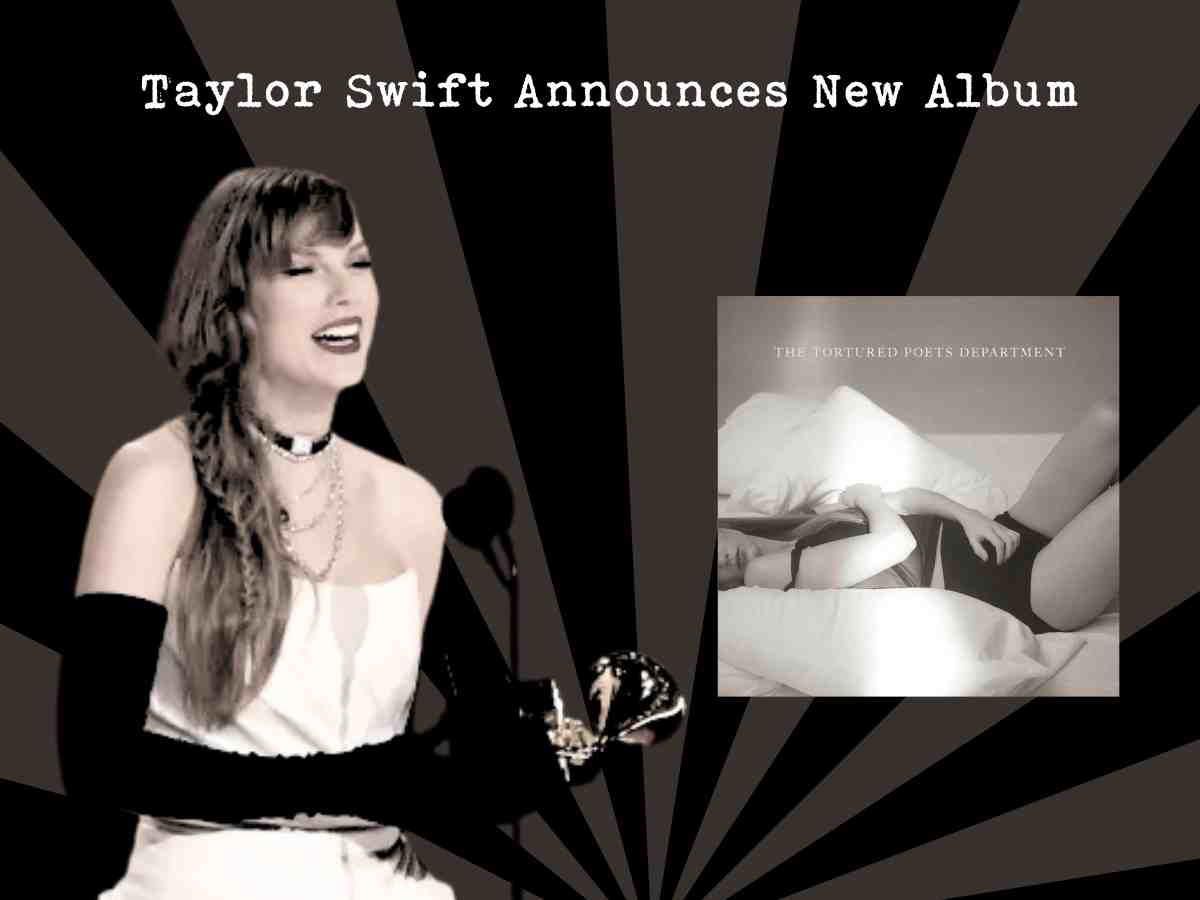
14. **The Tortured Poets Department** The title track from her 2024 album, “The Tortured Poets Department,” presents a poignant and candid reflection on the intense, almost – marital moments that can characterize a fleeting yet profoundly impactful romance. This song delves into the powerful symbolism of the wedding ring, not necessarily within the context of an actual proposal, but in the potent emotional significance of its proximity and implication. It underscores the profound yearning for commitment, even amid the ambiguity of a modern relationship.
The lyrics encapsulate a moment of astonishing intimacy and emotional resonance: “At dinner, you take my ring off my middle finger / And put it on the one people put wedding rings on / And that’s the closest I’ve come to my heart exploding.” This gesture, seemingly casual yet imbued with meaning, brings the protagonist to the brink of a life – altering commitment. It unveils the intense internal experience of contemplating marriage, even if it remains an unspoken, symbolic act within a relationship that ultimately does not culminate in a wedding ceremony.
This track adeptly explores the subtleties of modern connections, where the boundaries between casual dating and profound commitment can become blurred, and where gestures, rather than explicit vows, bear immense emotional weight. It constitutes a candid exploration of desire, the near – achievement of a lifelong dream, and the internal ‘explosion’ that signifies a heart on the verge of embracing eternity. Swift skillfully captures how the concept of marriage, even when not fully actualized, continues to wield a potent, transformative power in her lyrical realm.
Read more about: Taylor Swift Dazzles Fans with ‘The Life of a Showgirl’: Unveiling Her Most Personal Album Yet, Inspired by the Eras Tour!
From the youthful naivety of fairytale endings to the introspective intricacies of modern commitment and conflict, Taylor Swift’s musical exploration of the realm of marriage provides a captivating chronicle of evolving viewpoints. Her lyrics have served as a mirror reflecting the universal human experiences of aspiration, love, heartbreak, and profound personal growth. As she gears up for her own forthcoming chapter, her extensive discography stands as a testament to her unparalleled capacity to transmute deeply personal observations into universally resonant art, constantly redefining what it signifies to sing about eternity.

